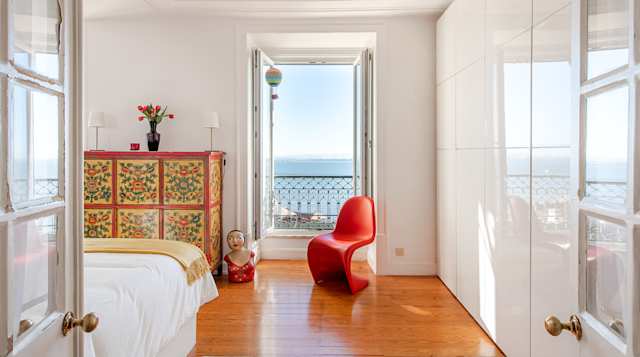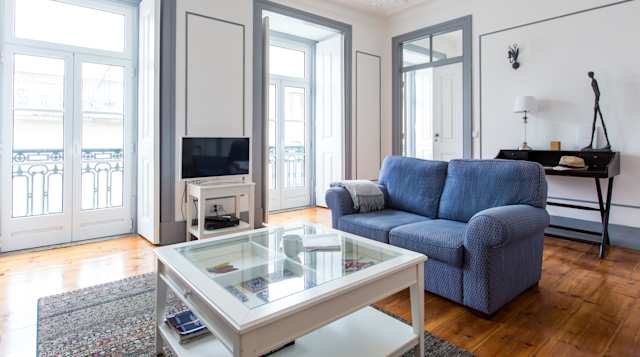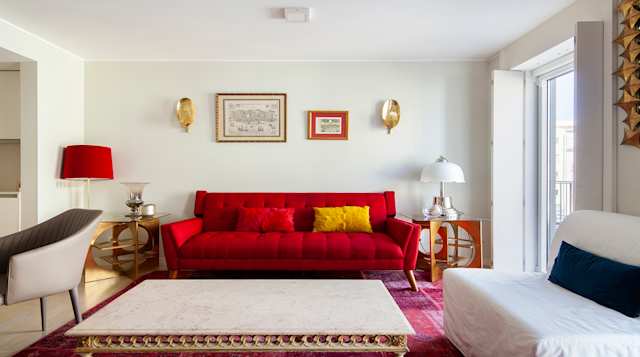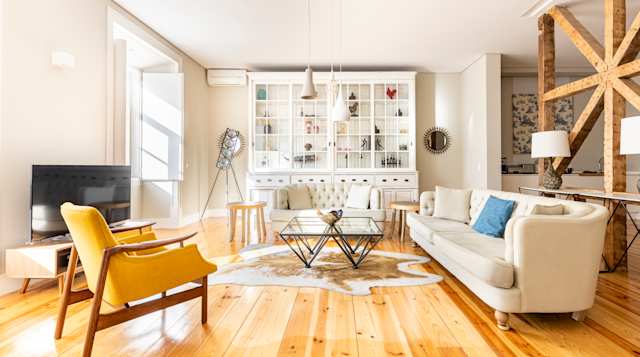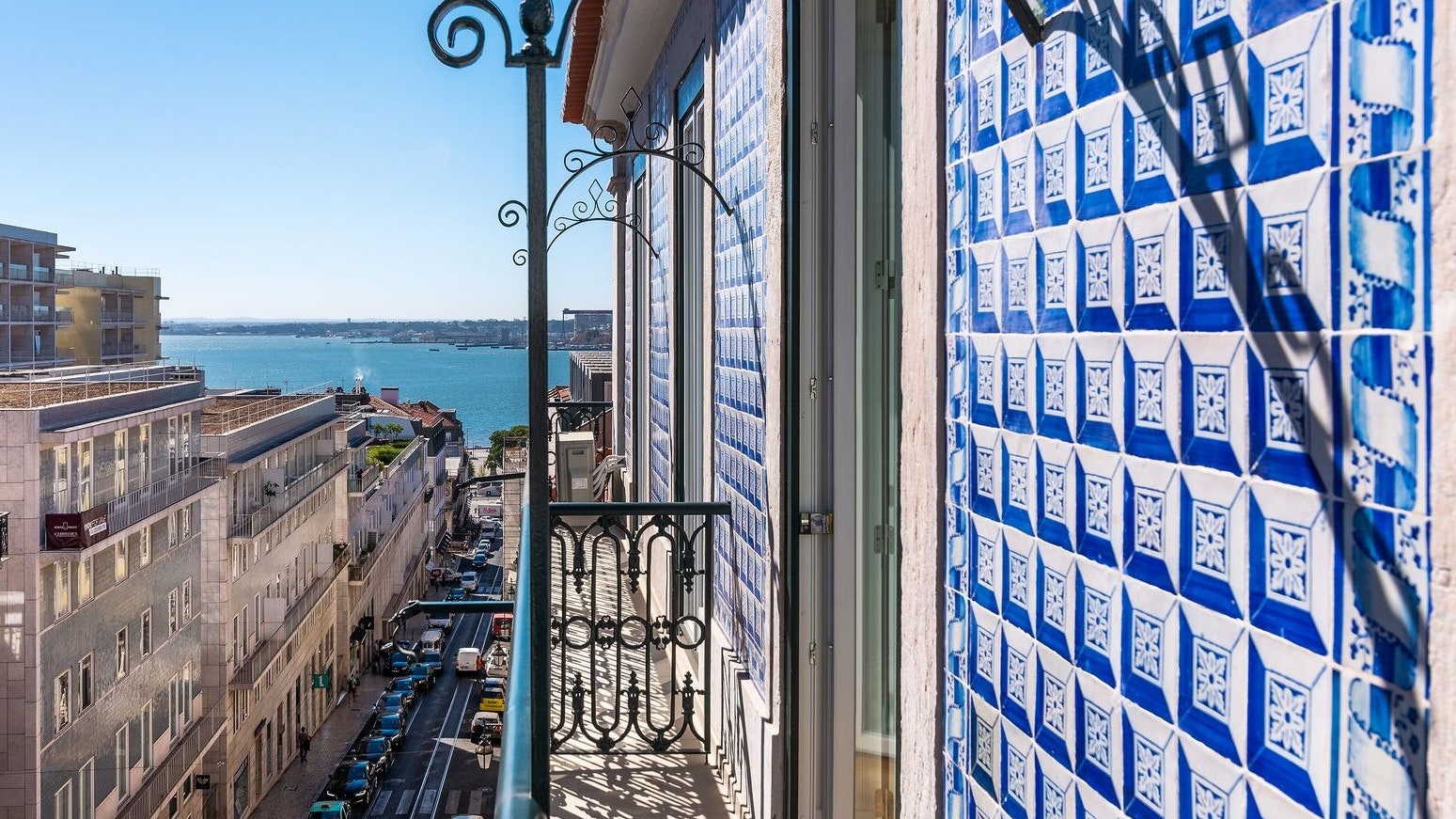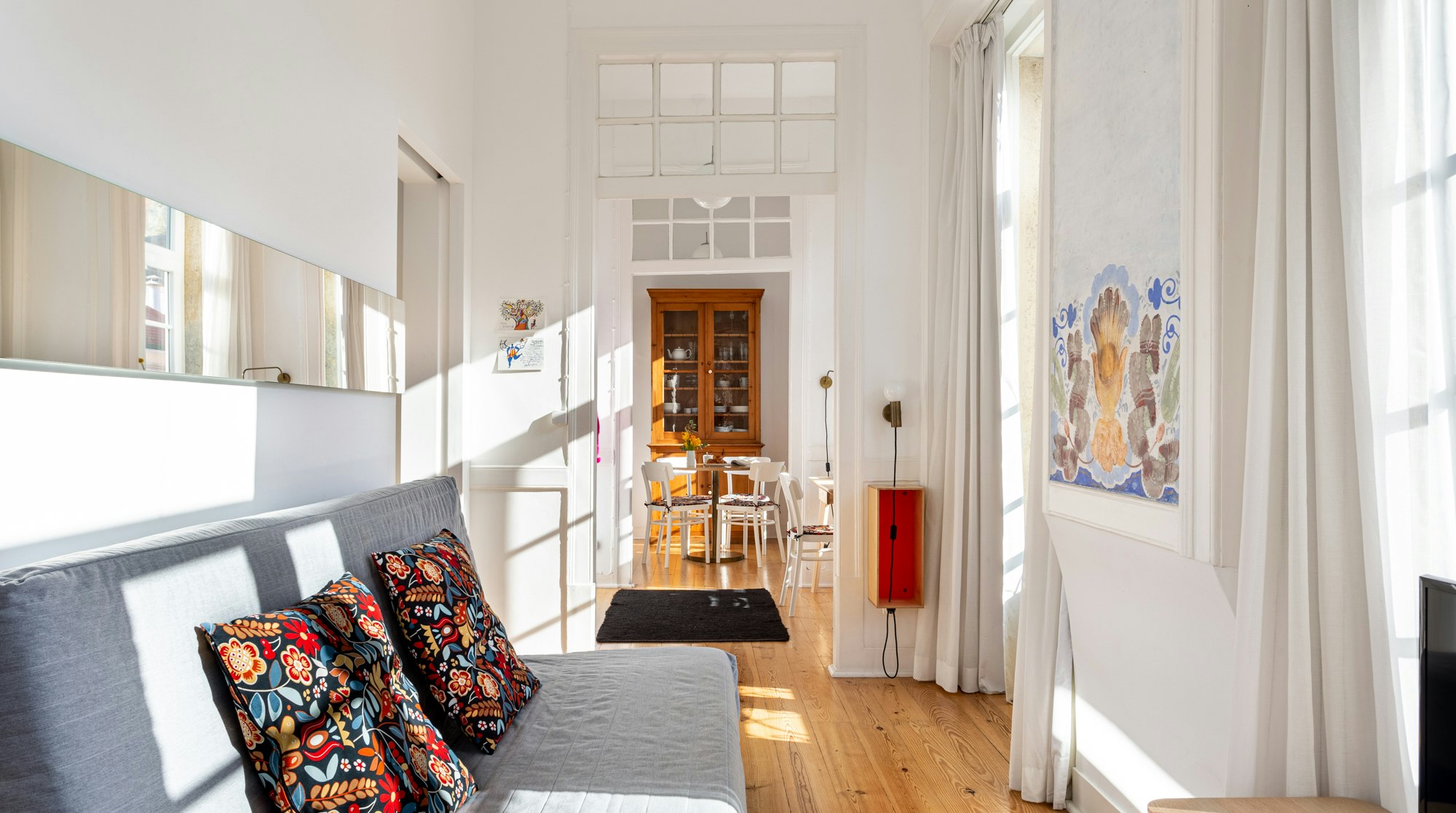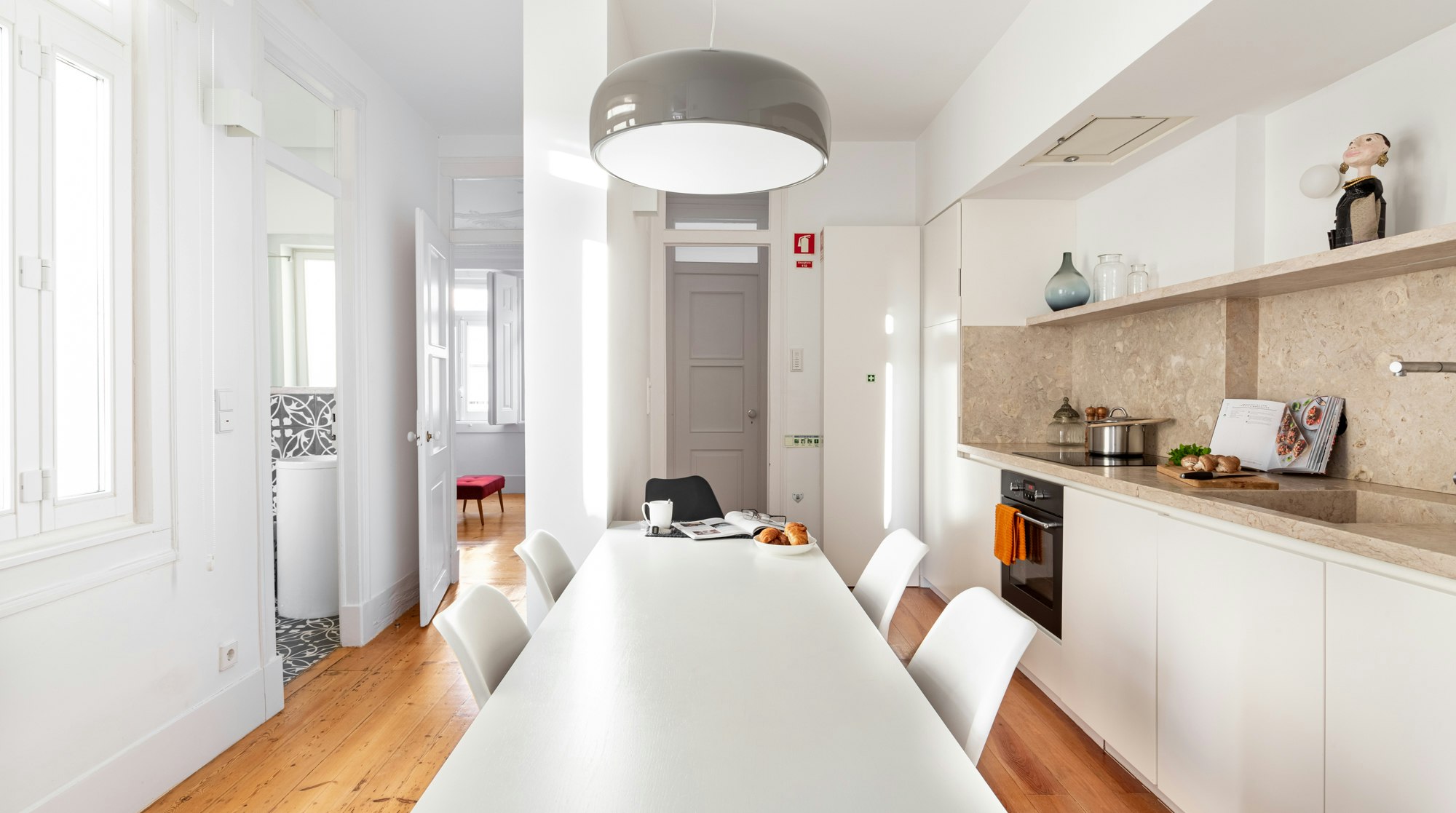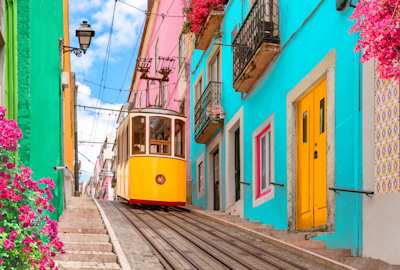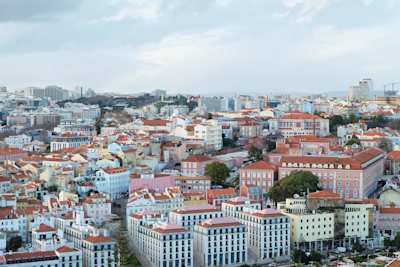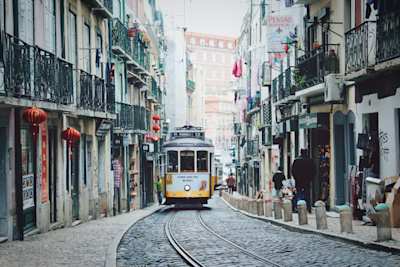Moving to Lisbon? Here's How to Adjust to the Capital's Culture
If you're relocating to Lisbon for work, we're revealing all you need to know about your new home
~
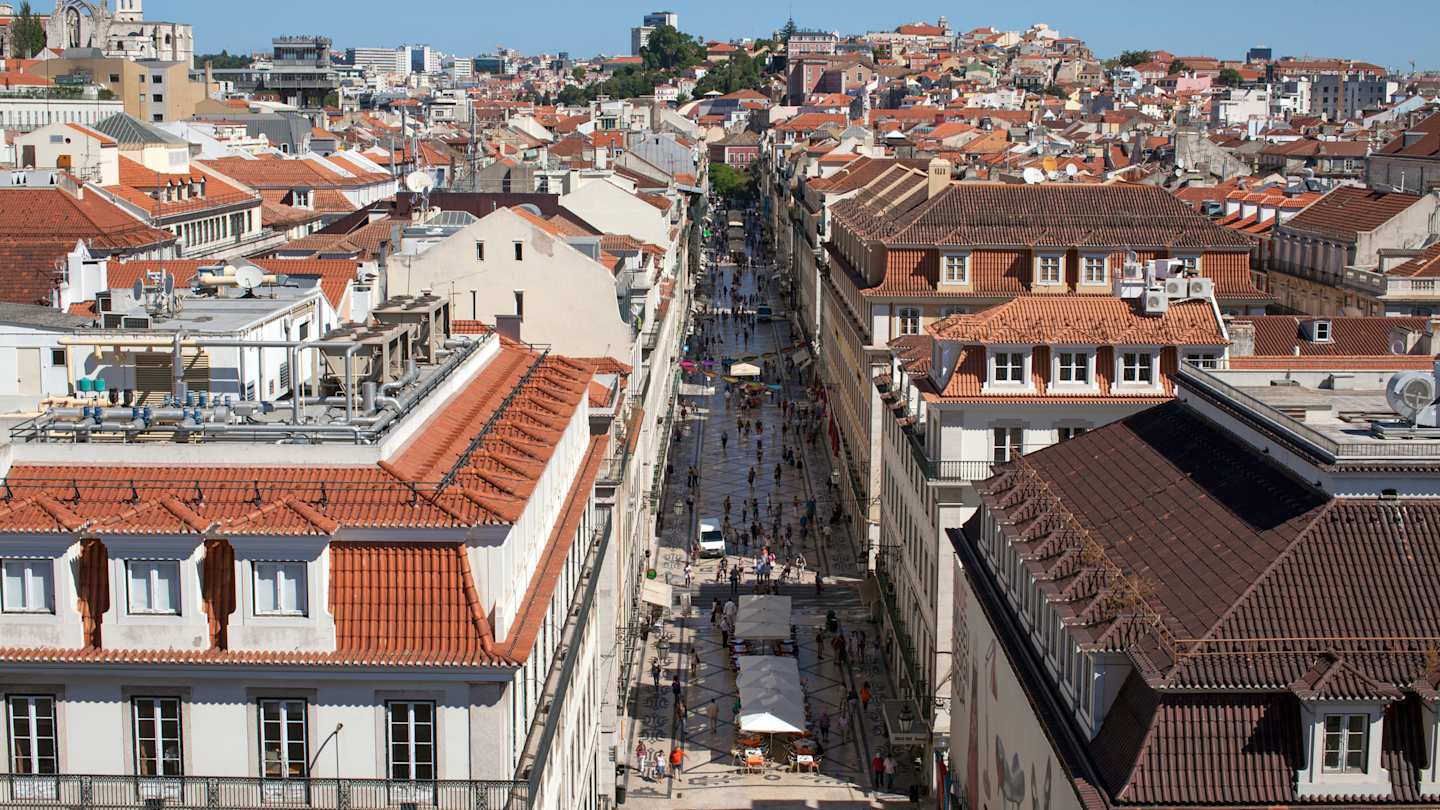
In the past decade, Lisbon has shot up the list of Europe’s most appealing destinations. It’s almost as if everybody had been cropping out the far-western reaches of the continent in their mind’s eye for thousands of years. Then quite suddenly, it became the place to be. Compared to most European capital cities, moving to Lisbon is affordable, sunny and…western. Its city centre is marked with an undulating topography, made up of quaint, steep alleyways alive with fado music, pastéis de nata (little custard pies) and colourful façades. As you travel up the cobbled lanes in one of the old-world funiculars or take in the views of the Tagus River from the coastline, you’ll forget you even came here for business. But you did. So get to work. Don’t fret: Lisbon has a relaxed and friendly work culture, affordable cost of living and has become a world-renowned hub of tech and innovation. Heed our expert Plum Guide advice, and you'll fit right in in no time.
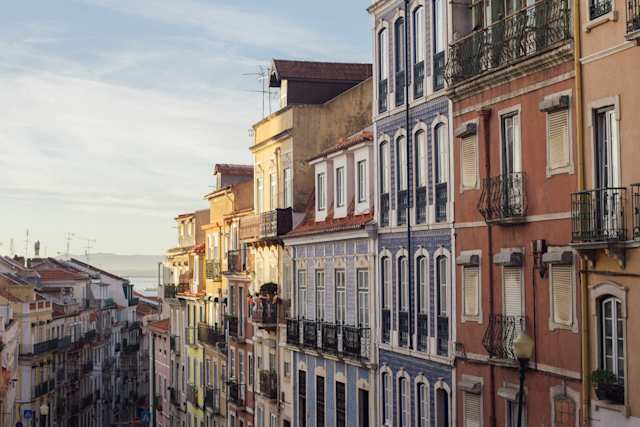
Lisbon Streets at Sunset
Get used to the locals' cooler heads
With its Atlantic traditions, Lisbon’s mood is a little closer to that of Northern Europe than it is to its Mediterranean neighbours. They seem to be a little more cool and collected (also see: less friendly) when compared to their Spanish neighbours. Give it time and they’ll start to open up, and the resulting friendships will be all the more meaningful as a result. Probably.
Acclimatise to the sunny weather
Project Relocation Lisbon may be due to work and other commitments, but come on, the sun’s got to be a factor? It’s 70% sunnier than other Southern European destinations, making it an ideal base to explore the beaches draping nearby Sintra. And in winter, it has three times more sunshine than its Northern European counterparts. So, don’t worry, you can spend your SAD light box budget on cork handbags and other <s>Lisbonian</s> Lisbonish Lisboeta souvenirs.
Learn the local language
Most of your business colleagues will have an excellent command of English. But to speak to many of the older Lisboetas you encounter in your daily life, it can’t hurt to learn the local lingo. Imagine combining Spanish and French and then adding a layer of Russian James Bond baddie impressions. That’s right, it sounds Slavic for some reason. It’s a romantic language in both senses: it stems from the romance stem of the language family tree (along with the aforementioned two and Italian, Romanian and Catalan among others) and is the language used in fado, bossa nova and other Portuguese folk music. Plus, learn Portuguese and you’ll instantly gain verbal access to 200 million people in Brazil.
Adapt to the work culture
The BBC called Lisbon Europe’s best work-and-play capital, which makes it sound a little like a sex toy. Or is that just us? Aunty Beeb cites the city’s title of 2015 European Entrepreneurial Region of the Year. Hmm, that’s a little harder to make a raunchy pun out of. Anyway, let’s get down to business. Around 30% of new start-up entrepreneurs come from abroad, so you’ll be flanked by a legion of voracious expats. Expect a more relaxed working environment than that of the States or the UK, with colleagues popping round to chat over coffee on the spur of the moment. No more planning your every movement three generations in advance.
Understand the cost of living
Lisbon is more affordable than many of Europe’s capitals, which is part of its allure. House prices, restaurants and shops are far more affordable here than in Madrid, London and Rome. At the same time, you’re less likely to earn as much in the Portuguese capital. Although most shops and restaurants accept cards, you should always carry a few euros to pay for taxis and the like.
Become familiar with the neighbourhoods

Lisbon triumphal arch
With many of the city’s main attractions, the Bairro Alto historic centre is lined with rustic restaurants and colourful frontages. And you may be working right next-door in the business district of Baixa. Peruse the shops of the Rua da Prata and the Rua Áurea, before passing through the triumphal arch. Looking for somewhere to live upon moving to Lisbon? On the more exclusive side is the affluent Príncipe Real district, with its fashionable bars and restaurants. A quieter family setting is found in the Avenidas Novas and Alvalade in the northern reaches of Lisbon. If you'll be renting, take a look at our collection of business homes.
Take pride in its western location
It boggles the mind, but for some reason, this geographical fact is a point of pride you’ll hear from every Lisboeta. It’s simply very far west…or even further east, depending on your perspective. We guess it means that flying distances and prices to get to the Americas are a little lower. Although it’ll still cost a fortune and ten hours of flight time to go on vacation to Brazil to further practice your new Portuguese skills. That’s better than the six weeks it took explorer Pedro Álvares Cabral in 1500, who also famously forgot to pack his headphones and eye mask for the journey.
Know how to escape the city
Sometimes you just want to get out of the city, and if you’re moving to Lisbon, you’re in luck. It’s adjoined by Sintra, an area of rugged cliffs and hills dotted with castles and exclusive estates. Forget about your week of work on your weekend retreat, and maybe even bring the kids…if they’re behaving.

Sintra, Lisbon
